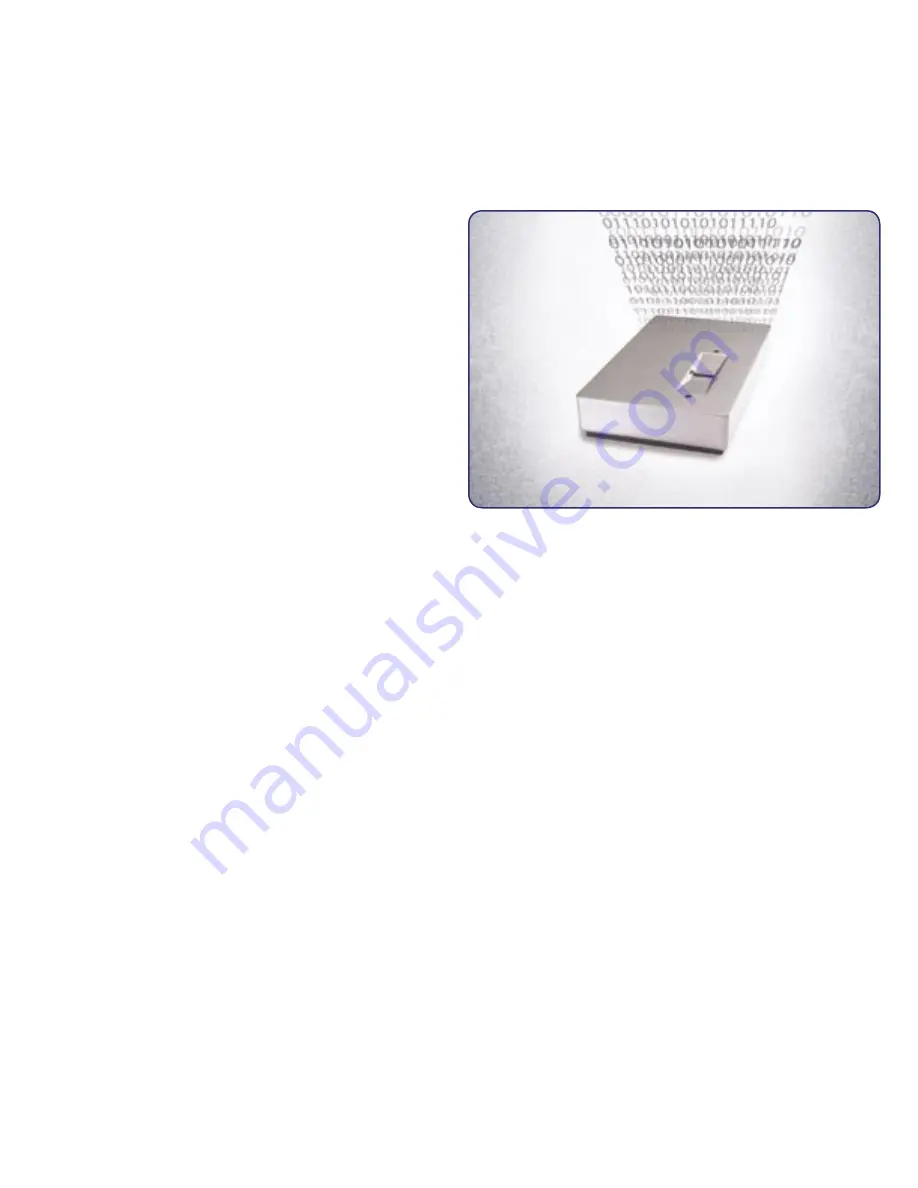
What are the current applications of biometrics?
Biometric technologies are becoming the foundation of an extensive
array of highly secure identification and personal verification solutions.
Many technological devices and systems are now developed with
biometric solutions to control access to rooms, workstations, networks
and some software applications. Utilized alone or integrated with other
technologies such as smart cards, encryption keys and digital signatures,
biometric technology is set to pervade many aspects of the economy and
our daily lives. More and more consumer electronics products integrate
biometric identification such as in some laptops, PDA, mobile phones,
or MP3 players.
Are there real needs for biometric solutions?
These days, people are generally not opposed to using their biological
traits instead of passwords for identification. In their daily lives, people
have so many passwords to remember (credit card, door access, car
computer control...) that they find it easier and faster to scan their fingers
on a panel than to remember and enter a new password. Utilizing
biometrics for personal authentication is becoming more convenient
than other current methods (such as passwords or smart cards).
The trend is toward centralizing identity management—employing
a combination of both physical and logical access parameters for
gaining access to different types of resources. Many companies are now
looking for this sort of identity management solution, which requires
the use of biometrics. As the level of security breaches and transaction
frauds increases, the need for highly secure identification and personal
verification technologies is becoming apparent. The need for biometrics
can be found in federal, state and local governments, in the military,
and in commercial applications. Enterprise-wide network security
infrastructures, government IDs, secure electronic banking, investing
and other financial transactions, retail sales, law enforcement, health
and social services are already benefiting from this technology.
Is biological trait identification safe and reliable?
The security field uses three different types of authentication: something
you know (a password, PIN), something you have (a card key, smart
card) or something you are (a biometric trait). Of these, biometric trait
identification is the most secure and convenient authentication tool.
It cannot be borrowed, stolen or forgotten, and forging one is practically
impossible. Each human has his/her own biological identity that is
different from anyone else’s, which explains the difficulty in corrupting
this kind of data. To show how reliable biometrics is, many governments
are choosing to use fingerprint and face digitalization on identity
papers and visas to better identify people. Using biometric identification
avoids the risks of forgotten passwords or data access control
corruption.
What is encryption?
Encryption is the most effective way to achieve data security. Encryption is
the conversion of data into a kind of understandable text code, which
cannot be understood by unauthorized users. Unencrypted data is
called plain text. Encrypted data refers to cipher text. Decryption is the
process of converting encrypted data back into its original form, so it
can be understood.
What is the decryption key?
In order to easily recover the contents of encrypted text, a correct
decryption key is required. The key is part of the algorithm that “undoes”
the work of the encryption algorithm. The more complex the encryption
algorithm, the more difficult it becomes to eavesdrop on communication
without access to the key. Regarding the SAFE drive, the key is stored in
the SDRAM memory. Thus, it is almost impossible to access - except of
course for authorized governmental organizations if requested.
Why encrypt data?
Cryptography is used whenever someone wants to send a secret message
to someone else, in a situation where anyone might be able to get a
hold of the message and read it. The use of encryption/decryption is as
old as the art of communication. In wartime, a cipher, often incorrectly
called a “code,” can be employed to keep the enemy from obtaining
the contents of transmissions. Simple ciphers include the substitution
of letters for numbers, the rotation of letters in the alphabet, and the
“scrambling” of voice signals by inverting the sideband frequencies.
More complex ciphers work according to sophisticated computer
algorithms that rearrange data bits into digital signals.
Encryption is especially important in wireless communications. This
is because wireless circuits are easier to “tap” than their hard-wired
counterparts. Nevertheless, encryption is an efficient solution when
carrying out any kind of sensitive transaction, such as online credit-
card purchases or the discussion of confidential corporate information
among various departments in an organization.
Data stored on the SAFE Hard Drive with Encryption is automatically
hardware encoded, making this storage solution fully secure.























